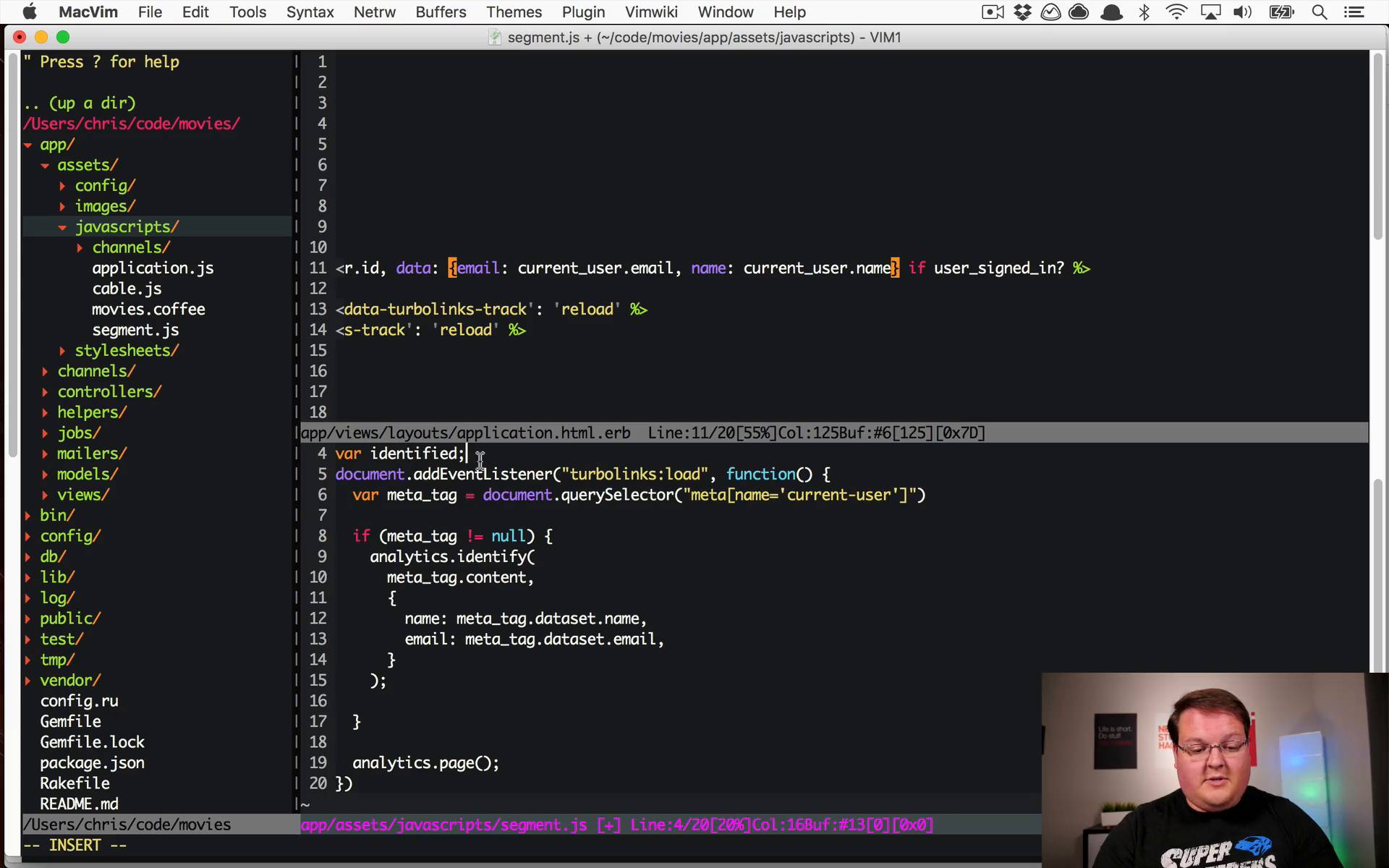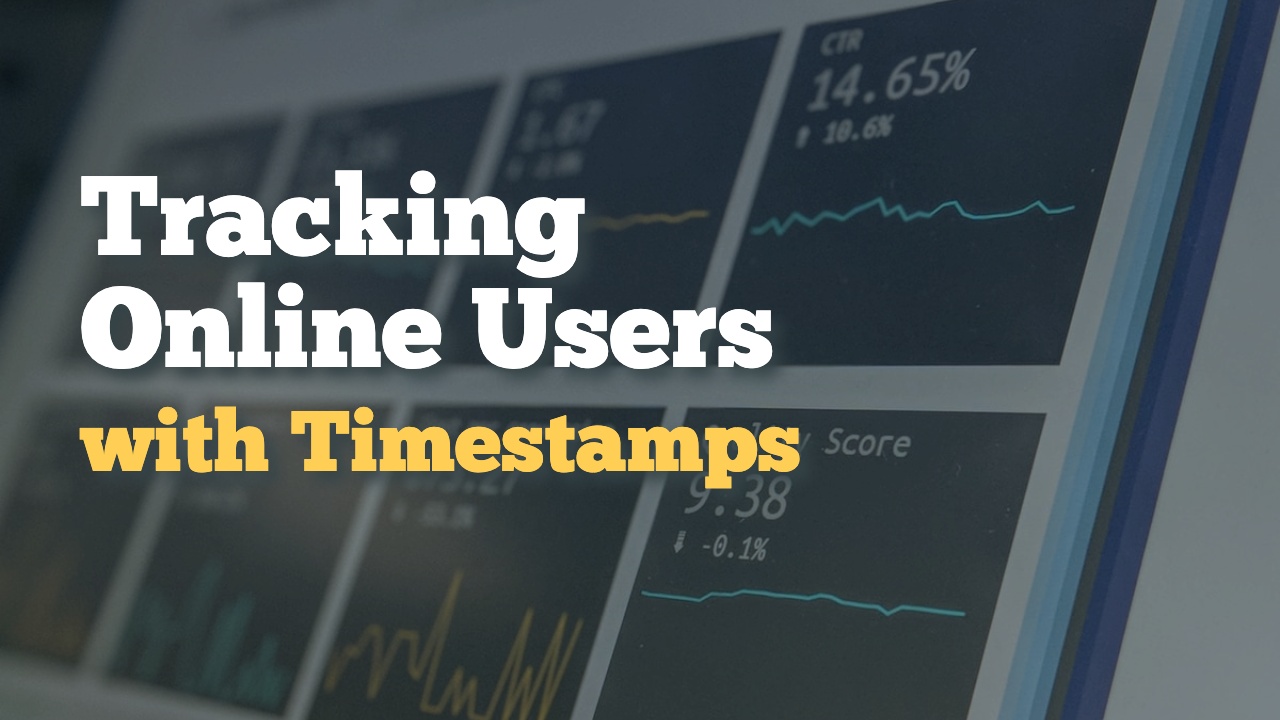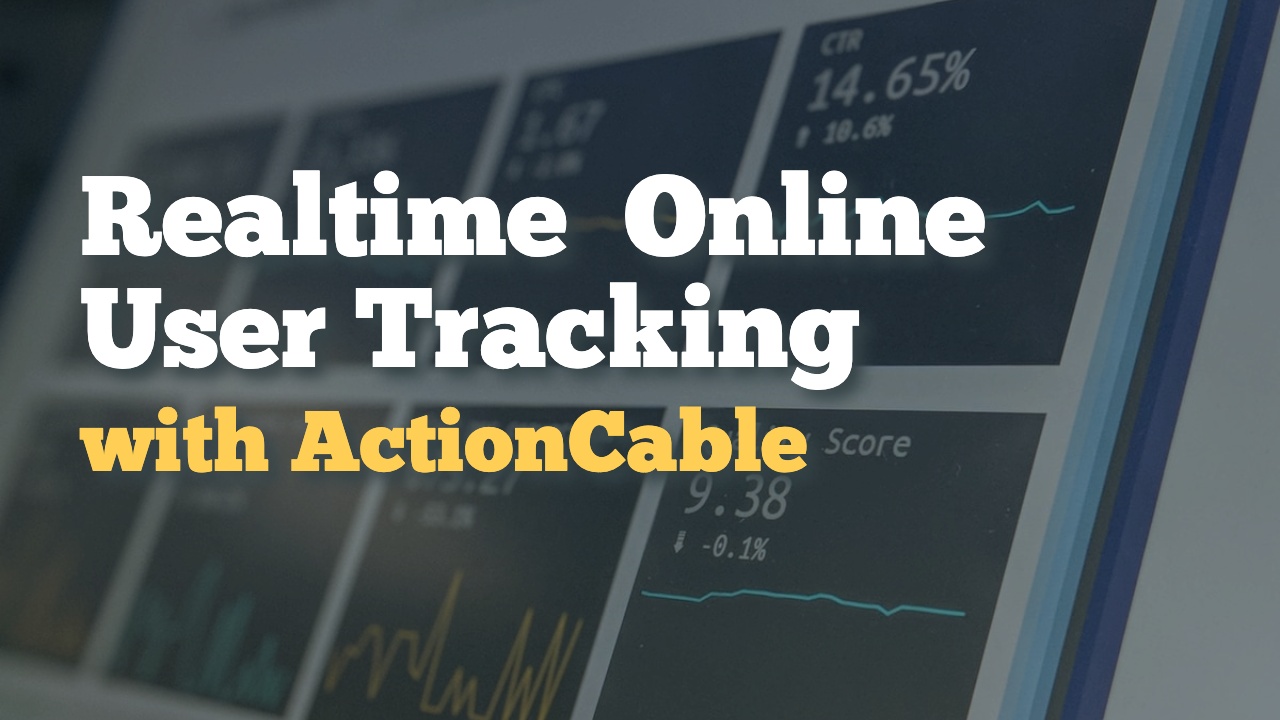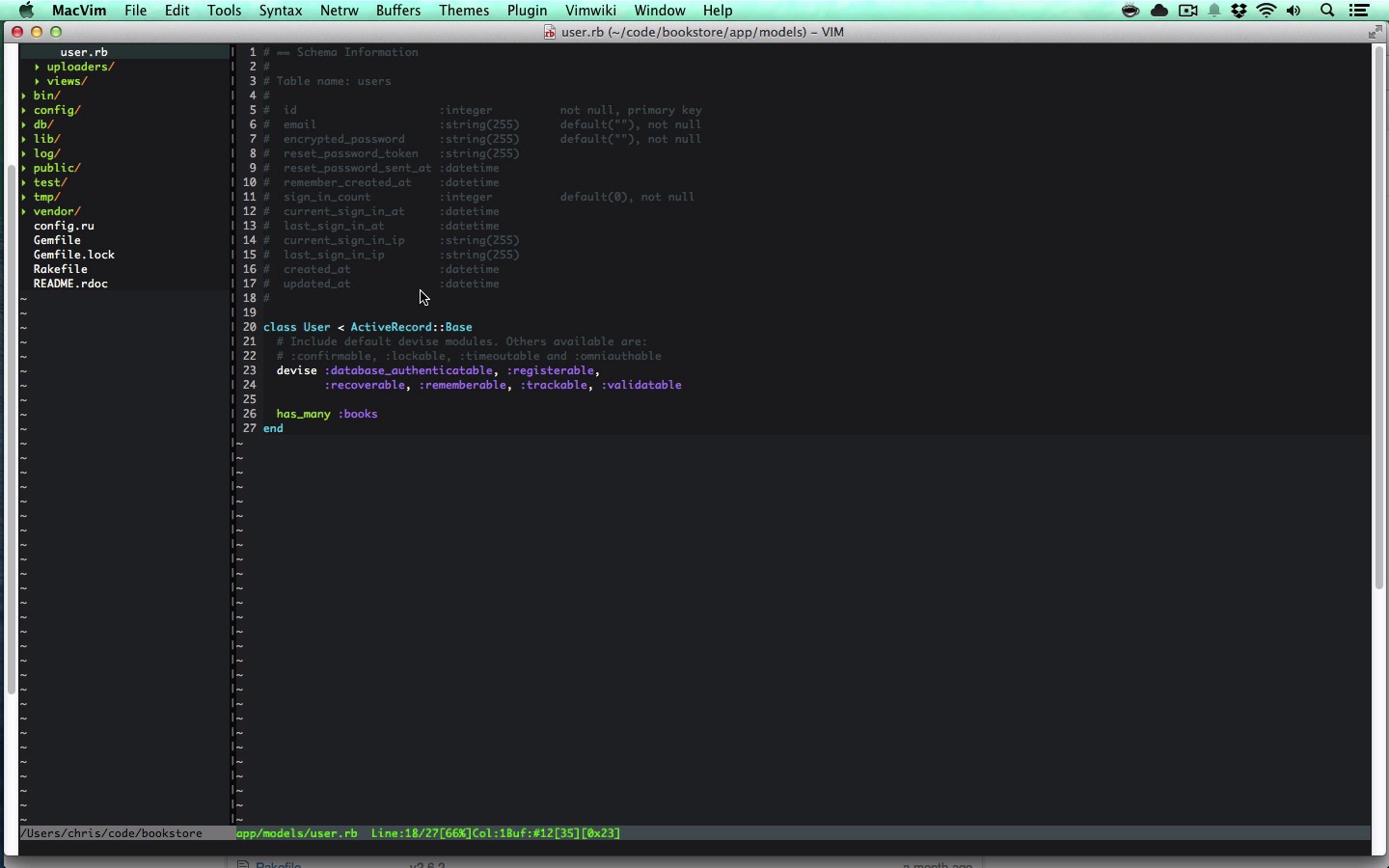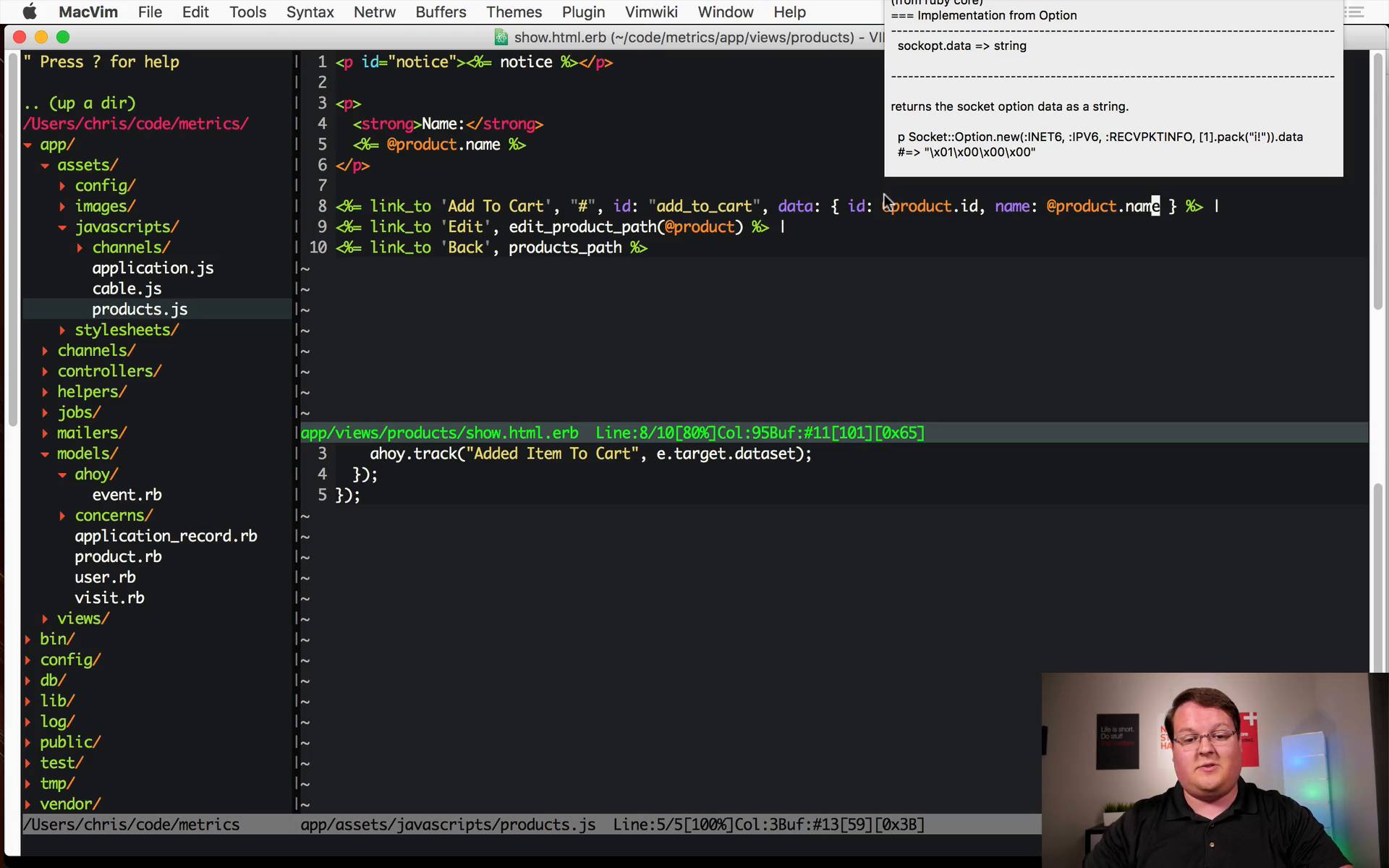Search Results for "track-user-s-usage-per-month"
Lessons
Forum Threads
Setup Windows 10 Discussion
236
General
Hi,I got all the way through this so thanks for the walk through! I run "rails server -b 0.0.0.0" and the server boots fine but when I go to localhost:3000 in the browser, the browser icon spins bu...
Structure Guidance - Multi Tenancy Authentication / Authorization
19
Rails
I while back I was playing around building an app where you had multiple tenants (Company Model) and a single login (User Model). I then created roles (Role Model) to link the users to the tenants....
BKSpurgeon replied
Tracking Rails App Usage with Analytics
3
Rails
Hi
I notice this site uses Google Analytics to track usage. Is that the standard when it comes to tracking your rails apps? I know it is generally pretty standard in the case of my websites but fo...
Chris Oliver replied
Login with Facebook Discussion
30
General
Thanks for the video—it was great! I would love to see how you'd approach managing multiple OmniAuth strategies for a single user without Devise.…
Why my rails production server reaches to 100% CPU usage and making app to be unresponsive?
11
Servers
Hi
My rails app production server CPU usage sometimes reaches to 100% and making app to be unresponsive. We are using Ubuntu 16.04.1 LTS server and configured Rails app along with Nginx and passe...
How to use Solid Queue in Rails with Active Job Discussion
12
General
What's great about the puma plugin is the cost savings when running on something like Heroku. Only one dyno needed for small apps including a Queue. Something that was quite expensive before becaus...
Matthias replied
Setup Ubuntu 13.10 Saucy Salamander Discussion
96
General
I believe in the line "sudo apt-get install postgresql-common -t raring," raring should actually be saucy. Also in the line "rails new myapp -d postgres," postgres should be postgresql.
Someone replied
My Development Environment Discussion
26
General
Vim tip: you can type :help [command] and vim will tell you what that command does. sometimes these descriptions can be so descriptive they're sort of confusing.the one that saved me SO MUCH time, ...
Arthur Cheek replied
Setup MacOS 10.9 Mavericks Discussion
85
General
Works like a fucking charm!
Someone replied
Deploy Ubuntu 14.04 Trusty Tahr Discussion
371
General
The following commands should be slightly modified:cap install STAGES=productioncap production deployI believe it should be the following:bundle exec cap install STAGES=productionbundle exec cap pr...
paul lahana replied
Rails Braintree couldn't update
3
Rails
I'm implementing Braintree Subscription Payment into my rails app. I've encounter some issue when trying to update subscription information in my database. When I make a payment, it's successfully ...
Jacob Montgomery replied
How do i track or list online users with rails?
0
Rails
How can i track or list online users in rails?
3DWaffle posted
What's the best way to track file downloads (stats)?
1
General
Thanks to the videos here, I've implemented file upload with Shrine in my app. They are audio files, stored on s3, and made available to the public.
I'd like to track the downloads and provide my ...
Chris Oliver replied
App Stats / Data (i.e. tracking long term app data trends)?
0
General
I have a multi-tenant app with various models. I want to start tracking data point for future stats and business intelligence integrations etc. Think of this like Amazon and you wanted to track e...
Dan Tappin posted
Need someone to look over this to make sure i am on the right track...
8
General
So this site i am building goes something like this.
I need to let **users** log in and manage their **brands**, each **brand** belongs to a **company**. A **company** can have many **users** whic...
Alan Reid replied
Solved
Jumpstart App get's stucked with wrong login data
9
General
Hi.
I've created a new app by using the jumpstart template:
rails new testapp -d postgresql -m https://raw.githubusercontent.com/excid3/jumpstart/master/template.rb'
rails db:create db:migrate
rai...
Martin replied
Solved
Pundit Scope and has_many through
1
Rails
Hi!
I can use a little help to get on the right track.
I have 3 models
```ruby
class User < ActiveRecord::Base
has_many :associations
has_many :items, through: :associations
end
class It...
Chris Oliver replied
Few Big Models or Many Smaller Namspaced models?
6
Rails
Anyone able to give suggestions on model design? I'm building an app to help small businesses get more reviews across the web. Concept is simple, user registers a business, and their businesses loc...
Rich Smith replied
Solved
Working with ActiveRecord and Google Cloud Firestore
1
Rails
I'm pretty new to Rails, and I was wondering what the "right" way of architecting a small app would be given the following scenario. Users create Rooms, then from there add to them a number of refe...
Jordan T-H replied
Solved
